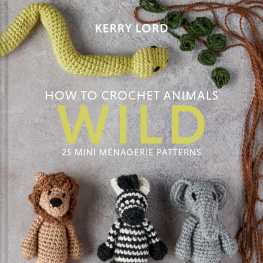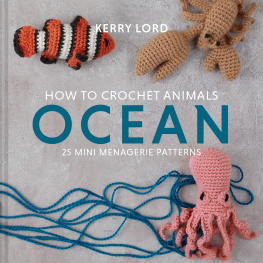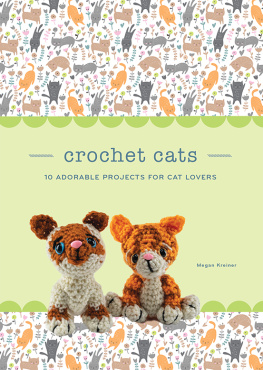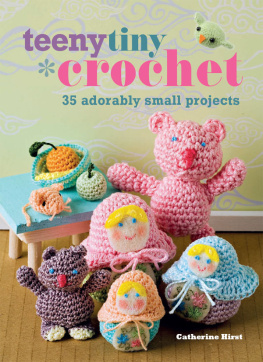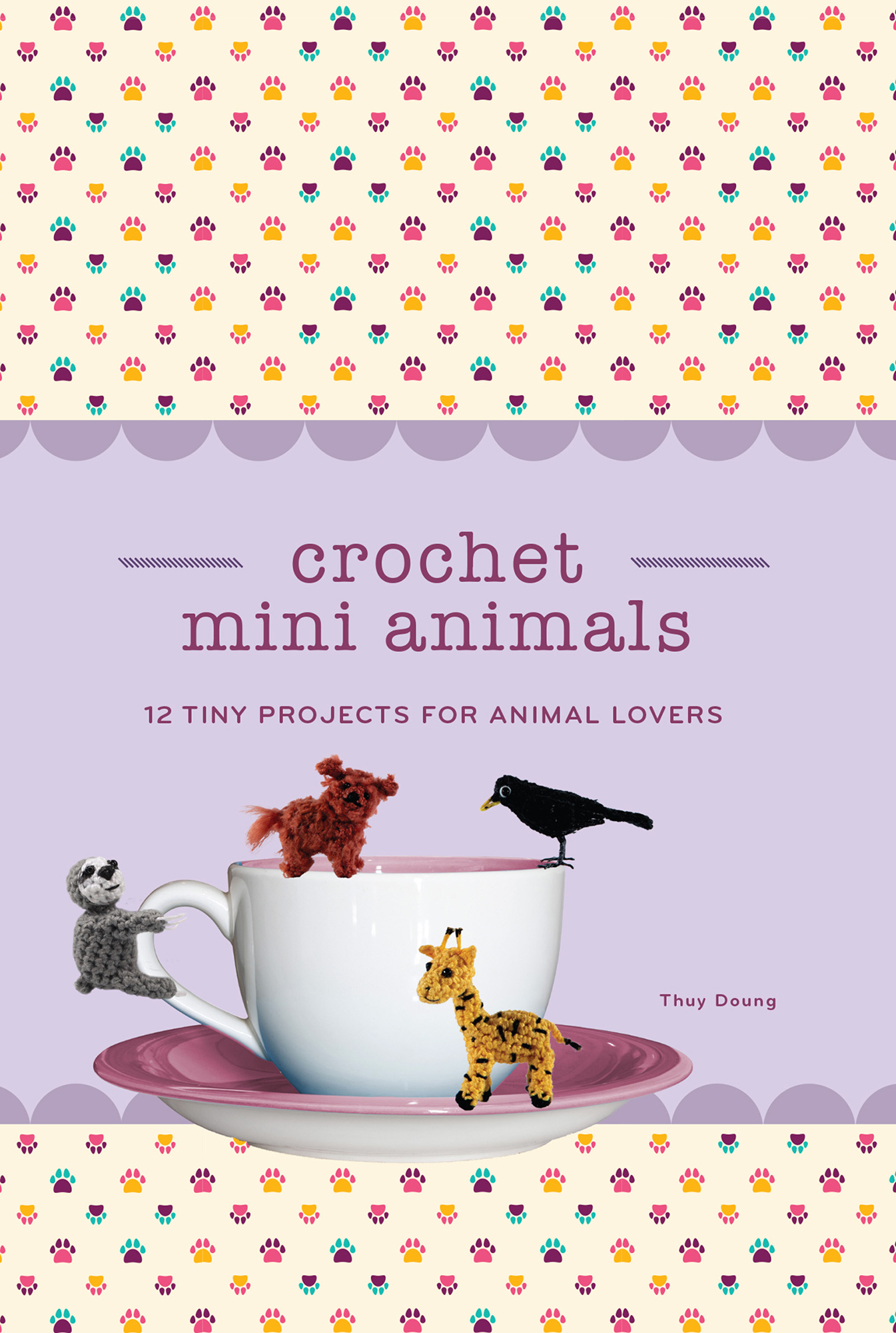Contents
Guide

Thunder Bay Press
An imprint of Printers Row Publishing Group
10350 Barnes Canyon Road, Suite 100, San Diego, CA 92121
Copyright 2019 Thunder Bay Press
All rights reserved. No part of this publication may be reproduced, distributed, or transmitted in any form or by any means, including photocopying, recording, or other electronic or mechanical methods, without the prior written permission of the publisher, except in the case of brief quotations embodied in critical reviews and certain other noncommercial uses permitted by copyright law.
Printers Row Publishing Group is a division of Readerlink Distribution Services, LLC. Thunder Bay Press is a registered trademark of Readerlink Distribution Services, LLC.
Correspondence concerning the content of this book and kit should be addressed to Thunder Bay Press, Editorial Department, at the above address. Author inquiries should be addressed to The Book Shop, Ltd., 7 Peter Cooper Road, #7G, New York, NY 10010.
Thunder Bay Press
Publisher: Peter Norton
Associate Publisher: Ana Parker
Senior Developmental Editor: April Graham Farr
Editor: Stephanie Romero Gamboa
Senior Product Manager: Kathryn C. Dalby
Production Team: Jonathan Lopes, Rusty von Dyl
Developed by The Book Shop, Ltd., www.thebookshopltd.com
Project designs: Thuy Duong
Note: Illustration credits correspond to pages in the printed book.
Illustrations: Meryl Henderson (pgs )
Package and book design: Kimberly Shake
Editor: Karen Manthey
Photography: Carlos Chiossone
eBook ISBN: 978-1-64517-189-8
eBook Edition: February 2020
tools & materials
Yarn
When it comes to yarn for making more of these miniature animals, you must think in terms of small gauge, such as lightweight cotton. Look for high-quality cotton that is sturdy and will maintain its sheen for years to come. Twenty yards of your animals main color and 10 yards of the secondary color should be enough to cover each pattern.
Stuffing
Available in most craft stores, polyester fiberfill stuffing will maintain its loft over time, and it's easy to clean and care for.
Hooks
Crochet hooks come in a variety of materials, sizes, and handle styles. Its ideal if you can try a hook or two out before purchasing a set. For the most accurate sizing, refer to the millimeter measurements when selecting a hook for your project. The projects in this book are all made with a steel crochet hook, size 12 (1mm). If you find that your stitches are not tight enough, or the stuffing shows through your work, try going down to a size 13 (.85mm). If your stitches seem too tight, go up to a size 10 (1.3mm).
Scissors
A good pair of scissors will make for clean cuts and quick snips.
Tapestry Needle
A quality metal tapestry needle will make sewing your work together a snap. Avoid plastic needles, as they are too large when working with lightweight cotton and sometimes bend when going through multiple layers of crochet.
Beads or Embroidered Eyes
These toys call for two seed beads to be sewn on for the eyes, which are great for toys intended for children ages three and older. However, for children younger than three years of age, it is recommended you apply a pair of French knots for the eyes instead of using beads.
Black Marker Pen
A black permanent marking pen will be required for some of these projects to draw eye patches.
White Glue
Standard white glue is needed for stiffening the whiskers, beaks, horns, and claws.
Small Tweezers
A pair of tweezers may be very helpful for stuffing these tiny creatures.
Wire Cutters
Wire cutters will come in handy for the projects that use small pieces of wire.
Wire Brush
A wire brush will help to fluff up the furry critters, such as the poodle, lamb, and llama.
Black Acrylic Paint
Black acrylic paint is used in several projects to blacken the tips of horns or the end of a tail.
Grey Nail Polish
Grey nail polish can be used to paint the legs and feet of the Blackbird.
Notions and Storage
Here is a list of a few more goodies to add to your crochet supplies.
Stitch Counter: A row or stitch counter will help you keep track of where you are in your pattern.
Marking Pins: Super handy for helping to position pattern pieces before sewing everything together.
Split or Locking Rings: While some patterns will specifically call for place markers (pm) to help mark useful landmarks on your work, these rings can also help you track where your rounds begin, mark the corners of a square piece, or hold two edges of your work together for easier sewing.
Automatic Pencil and Sticky Notes: Great for jotting down notes and sticking them into your book as you work.
Project Bags: A small project bag (like a pencil case) is great for storing smaller tools and notions whereas a larger bag can hold everything you need for your current project. Reusable canvas shopping bags make great project bags!
Small Paintbrushes: Small paintbrushes will be needed for applying paint and spreading glue.
crochet stitches
THIS SECTION WILL PROVIDE A complete overview of the stitches used in all 12 projects. A list of all abbreviations used in the crochet instructions can be found .
Slipknot

1. SLIPKNOT
Make a loop with a 6" tail. Overlap the loop on top of the yarn coming out of the skein.

2. SLIPKNOT
Insert your hook into the loop and under the yarn. Pull to tighten the loop around the hook.
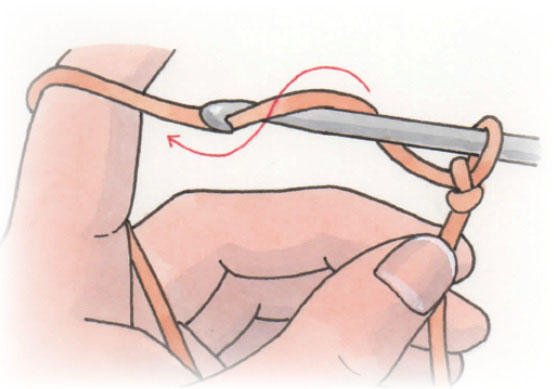
YARN OVER
Yarn Over (YO)
Wrap the yarn over your hook from back to front.
Chain (ch)



